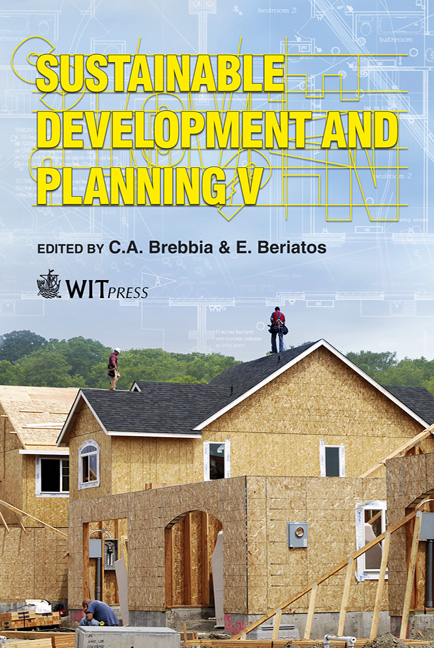Testing For Oil Saving Technological Changes In ARDL Models Of Demand For Oil In G7 And BRICs
Price
Free (open access)
Transaction
Volume
150
Pages
11
Page Range
947 - 957
Published
2011
Size
3,126 kb
Paper DOI
10.2495/SDP110791
Copyright
WIT Press
Author(s)
M. Asali
Abstract
In recent years, global growth of demand for oil has been mainly due to the increasing demand for energy in major developing nations, namely China, India and Brazil, fueled by their exceptional economic performance. On the other hand, in OECD and particularly in the G7 countries, where more than 70% of OECD demand for oil is consumed, demand for oil has been stagnant and seems to have plateaued. In fact, per capita, consumption for oil in these countries has been diminishing in recent years. Given the rising share of the major developing economies in the global demand for oil it is important to have a clear idea about their likely future paths of (per capita) demand for oil. A closely related issue is whether energy and oil efficiency in these economies are price induced or could be considered an exogenous process. In this paper an attempt is made to employ time-series, auto regressive error correction modeling technique to estimate short and long run income and price elasticity’s of demand for oil in G7 and the BRICs, (Brazil, Russia, India and China). We have also tested for oil saving technological changes in these economies. This is done by making use of a price decomposition approach and testing for existence of deterministic trend in the estimated demand for oil models. The study yields a set of GDP and price elasticity’s of demand for oil in G7 and the BRICs comparable to income and price elasticity’s of demand for oil in other studies. Keywords: demand for oil, GDP and price elasticity’s, technological changes.
Keywords
demand for oil, GDP and price elasticity’s, technological changes.





